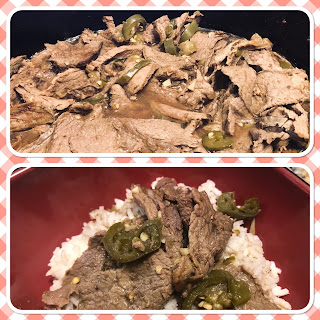Back when I first started blogging, including a recipe was very important. That has changed. Why? Despite a plethora of recipe books, you can never duplicate that recipe unless you have the exact same ingredients, environmental conditions and methods AND even then you might not be able to because everyone has their own little shortcuts, tricks and methods that are not always disclosed in the recipe.
Case in point, I shared a clone recipe with a friend for a particular dish. One of the items is no longer available and another is no where near what it was 30 years ago when I created the recipe. So even I could not make that recipe with the ingredients available now. Another problem is variety of fruit or vegetable used and the fact those from even 20 years ago are not the same as today's varieties. Adding to that is for many of my recipes I use homemade versions of store bought ingredients like mayonnaise, ketchup, mustard and so much more. Then there are the regional differences like flours and differences from country to country. From experience, dairy products in our corner of Ontario taste very different than those in Florida. Adding to that, if you use commercially produced ingredients even something as simple as shortening changes usually in favour of the company making more money. I do a a lot of soap making. Back in 1998 one of the favourite ingredients was Crisco. The formula has changed to the point the SAP values have changed. The new Crisco formula uses palm oil whereas the old did not. I don't use Crisco for soap making but that is important to know if you do. Oh and right now Canada has an issue with butter staying hard at room temperature. There's theories as to why but nothing confirmed. So if you want room temperature butter for a dish, you just might be out of luck.All of this adds to the final product.
So at best, we as home cooks must come up with substitutions and tweaking based on personal experience and knowledge. This is what keeps cooking interesting and sharpens your skills. Like a willow tree, you have to be strong enough to bend. Recipes are simply a starting point, they are not carved in stone! This is what goes into what I made but your dish will not not should it be exactly the same. I urge everyone to keep a cooking journal and honestly, do not get too attached to any one particular ingredient. Know that ingredients change or become unavailable. Be flexible!








